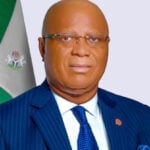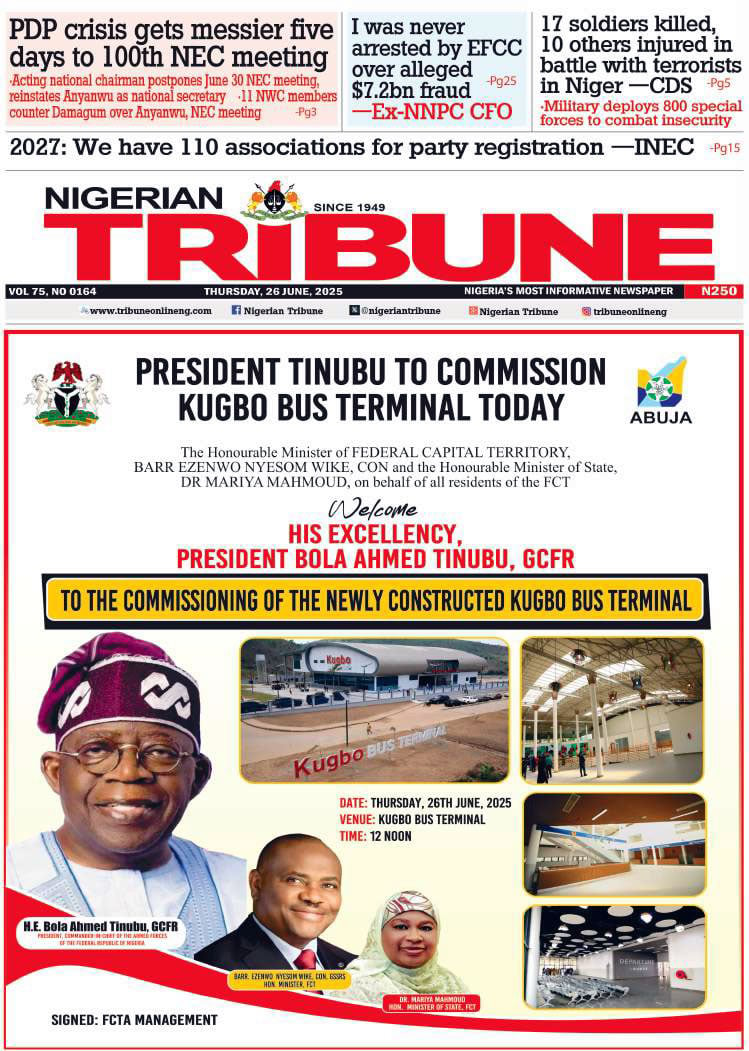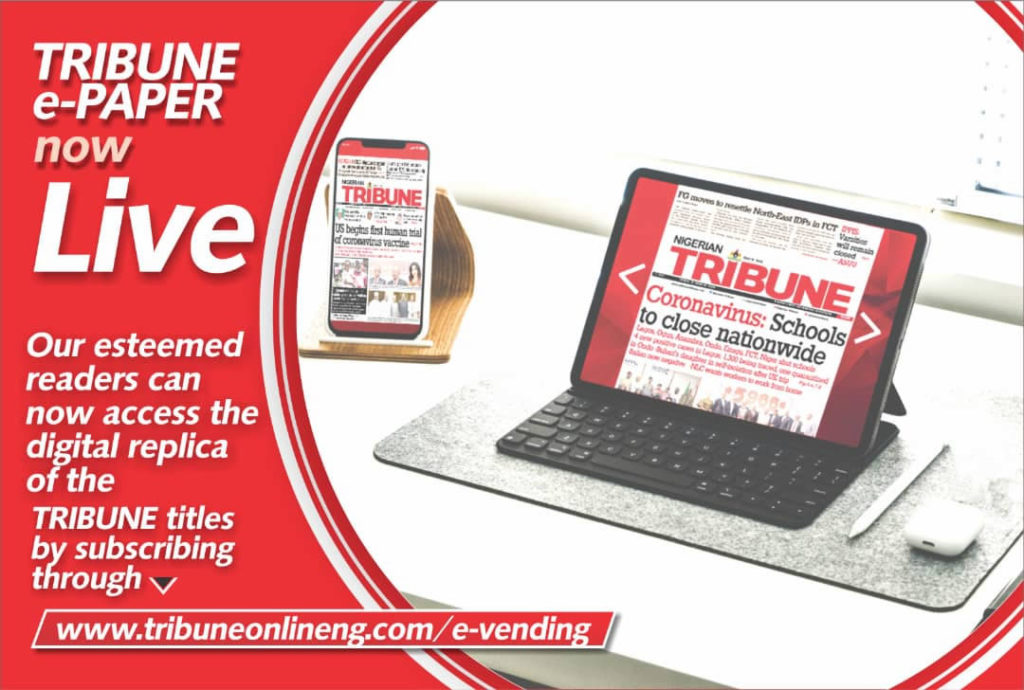Tesla has taken a significant step toward its autonomous driving future, launching a limited robotaxi service in Austin, Texas.
CEO Elon Musk announced the rollout on Sunday via his social platform X, calling it the “culmination of a decade of hard work.”
He noted, “The AI chip and software teams were built from scratch within Tesla.”
The company deployed around 10 fully autonomous cars with no human in the driver’s seat.
Each vehicle includes a front-seat passenger acting as a “safety monitor,” although it remains unclear how much real-time control they have.
Videos of the robotaxis in action—particularly in the South Congress neighborhood—flooded X.
Tesla had invited a group of influencers for the first test rides.
The rides were priced at a flat $4.20, Musk confirmed.
Tesla investor and influencer Sawyer Merritt shared clips on X showing him ordering a ride, being picked up, and arriving at a local restaurant and bar, Frazier’s Long and Low, using the Tesla robotaxi app.
This marks the first time Tesla vehicles without a human driver have transported paying customers—an essential milestone in Musk’s long-term vision.
Still, challenges remain.
Industry experts caution that even a successful trial in Austin is just the beginning.
“This would be the end of the beginning – not the beginning of the end,” said Philip Koopman, a Carnegie Mellon professor specializing in autonomous vehicle technology.
Tesla, now the world’s most valuable automaker, is leaning heavily on its robotaxi and humanoid robot ambitions to justify its lofty stock valuation.
Just before Tesla’s rollout, Texas lawmakers passed legislation regulating autonomous vehicles.
Governor Greg Abbott signed the bill on Friday.
The new law mandates a permit system for operating driverless vehicles on public roads.
It takes effect on September 1.
Previously, a 2017 law had prevented local governments from regulating self-driving cars.
The new law requires companies to register with the state’s Department of Motor Vehicles and affirm their vehicles can operate safely and legally.
The permit process is considered simple, but the state has the power to revoke permits if public safety is at risk.
“California permits are hard to get, easy to lose,” said Bryant Walker Smith, a University of South Carolina law professor.
“In Texas, the permit is easy to get and easy to lose.”
The law defines autonomous vehicles as those with at least “Level 4” capability—able to operate without a human driver in specific conditions.
It also requires companies to provide emergency protocols for first responders.
Unlike California, Texas does not require extensive testing data, making it a friendlier regulatory environment.
Musk has long promised self-driving Teslas, and the Austin launch is his most concrete step yet.
He emphasized safety, stating Tesla would be “super paranoid” during the trial.
The robotaxi service will avoid bad weather, complex intersections, and will not serve passengers under 18.
Tesla is also diverging from industry norms by using only cameras—no lidar or radar.
Musk argues this approach is both safer and more cost-effective, though it remains controversial.
The autonomous driving sector is under heavy scrutiny.
GM’s Cruise shut down operations after a serious accident.
Regulators are closely watching Tesla, Waymo (Alphabet), and Zoox (Amazon).
The Texas governor’s office also declined to comment on the launch.
For now, the robotaxi trial in Austin is small—but its implications are big.
The months ahead will reveal whether Tesla can scale or if self-driving dreams remain out of reach.
(Reuters)
ALSO READ TOP STORIES FROM NIGERIAN TRIBUNE






